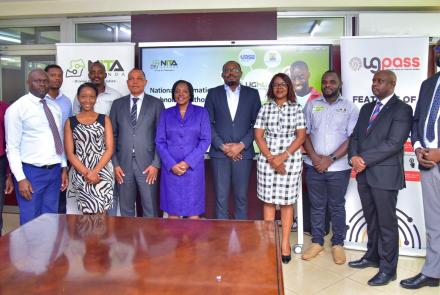EXECUTIVE SUMMARY
During the reading of the 2009/2010 financial budget, Government of Uganda imposed a ban on importation of used computers with a view of combating the accumulation of electronic waste in the country. Whilst this was for good intention, there was a general outcry that this ban stifled economic activities. As a result traders and other stakeholders vehemently resisted the ban and petitioned against it There was need to review the ban on used computers because it lacked clear specifications of old, used, new, assembled, and refurbished computers for example, a computer used for only two weeks is considered as used computer hence banned. Based on their petitions and other considerations Cabinet on 2nd November 2011 directed the Ministry of Finance Planning and Economic Development in consultation with the Ministry of ICT to review the importation of used computers in view of the need to spread the use of computers through provision of affordable computers, while taking note of concerns relating to electronic waste management.
The study assessed the impact of the ban on importation of used computers in Uganda and used the outcomes and recommendations of the assignment to form a basis for reviewing and lifting of the ban. The study was conducted in 15 districts under four regions of Uganda (Central, Eastern, Western and Northern). A total of 8 computer importers, 163 institutions, and a representative sample of 638 computer users participated in the study. Data was collected using semi-structured questionnaires, key informant interview guide, desk-based review of documents, case studies, and consultative meetings with key stakeholders. Computer import statistics for FY 2006/7 - FY2013/14 were obtained from Uganda Revenue Authority. Quantitative data using descriptive statistics was generated in STATA 10 and SPSS 17 softwares. Qualitative data was analysed using thematic analysis, content analysis and discourse analysis techniques. Salient issues that arose from qualitative and quantitative analyses were unearthed through triangulations and synthesis of information.




